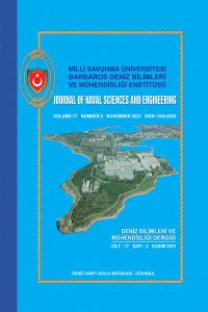Optimizing MLP Classifier and ECG Features for Sleep Apnea Detection.
Elektrokardiyogram, kalp atım hızı değişikliği, uyku apnesi, çok katmanlı algılayıcı, sınıflandırma, ilinti öznitelik seçimi
Optimizing MLP Classifier and ECG Features for Sleep Apnea Detection.
-,
- ISSN: 1304-2025
- Yayın Aralığı: 2
- Başlangıç: 2003
- Yayıncı: Milli Savunma Üniversitesi Deniz Harp Okulu Dekanlığı
Optimizing MLP Classifier and ECG Features for Sleep Apnea Detection.
ÇOKLU İLİŞKİSEL VERİ MADENCİLİĞİNDE GRAFİKLERİN KULLANIMI
Mahmut İĞDE, Yusuf KAVURUCU, Alev MUTLU
YAPAY AÇIKLIKLI RADAR VE SONAR GÖRÜNTÜLEME İÇİN YENİ BİR LİNEER OLMAYAN SIKLIK DEĞİŞİMLİ SİNYAL
DİKDÖRTGEN KESİTLİ BİR DAİRESEL KANATÇIĞIN SONLU FARK MODELİ
KURUMSAL KAYNAK PLANLAMA (KKP) YAZILIMI DEĞERLENDİRMESİNDE BULANIK KURAL TABANLI YAKLAŞIM
